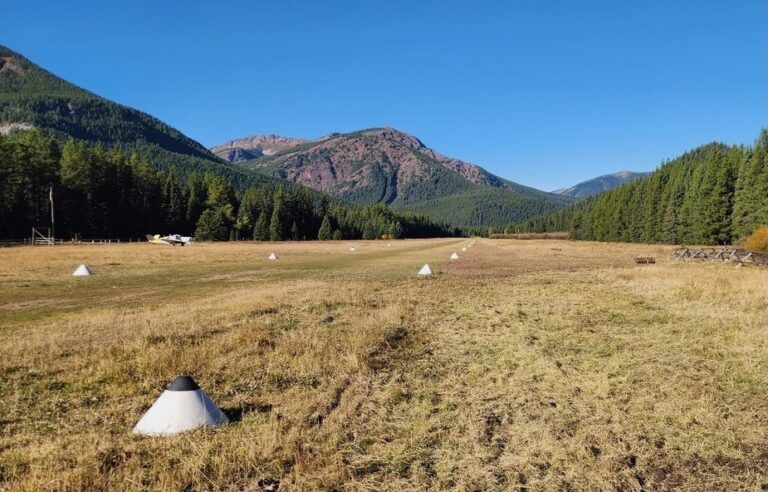DOING OUR PART TO PRESERVE WILDERNESS ACCESS

Did you know there are now 803 Wilderness Areas covering more than 111.7 million acres in the continental US and Alaska? The US Forest Service manages the majority of these areas, followed by the Bureau of Land Management, the National Park Service, and US Fish and Wildlife Service. There are even more Wilderness Study Areas, (WSAs) with wilderness characteristics that make them eligible for designation as Wilderness. The BLM alone has 487 WSAs.
The Wilderness Act of 1964 defines these areas as “where the earth and its community of life are untrammeled by man. . .” They are managed with the government’s highest level of land protection and are non-motorized areas. Aircraft are an exception to the non-motorized rule, as continued public use of aircraft was granted for airfields that existed prior to the Wilderness Act being enacted.
In the interest of preserving aviation access to these special places, the RAF Backcountry Etiquette Team (BET) has engaged in outreach and education. Lynn Mareth, chair of the RAF BET points out, “The Wilderness Act of 1964 permits the use of aircraft in wilderness areas already established, but the Secretary of Agriculture can restrict access at any time.” Her concern is supported by the official record. The four federal agencies have publicized that they are moving toward implementing what they formally define as Wilderness Character, the path toward more restrictive Wilderness management.
Knowing where Wilderness is, and practicing good backcountry etiquette helps ensure continued access. Your chart marks Wilderness Areas with solid/dotted blue lines, and they look similar to National Recreation Areas, but the name of the Wilderness will be within the border. This marking does not appear on the chart legend.
In these areas, it is important to practice Leave No Trace, and, when safe to do so, minimize your noise signature, as others in the vicinity seek quiet surroundings. And of course, land and stay a while, to fully enjoy the special qualities Wilderness areas have to offer.
For more suggestions, see the RAF Code of Conduct.
Submitted on December 11, 2024.
By Carmine Mowbray
Posted in News
Recent Posts





